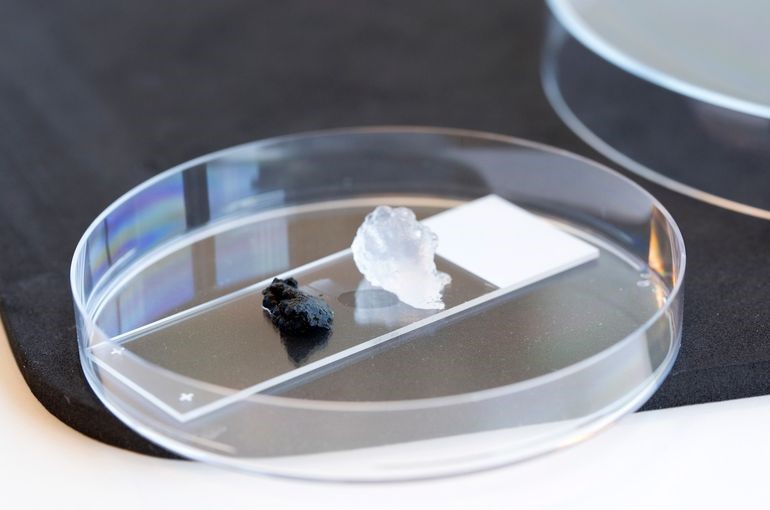
Plastics, metals, and ceramics are stable ingredients used in 3D printing, but now, a group of researchers at Chalmers University of Technology have managed to not only print and dry three-dimensional objects entirely out of cellulose, but infuse them with carbon nanotubes to create a conductive material on par with oil-based plastics and metals.
In light of the fact metals and plastics primarily dominate additive manufacturing, the inclusion of cellulose and other raw material based on wood will increases the possibility of what can be created, while factoring in a resource — that when gathered under controlled circumstances — is highly renewable.
“Combing the use of cellulose to the fast technological development of 3D printing offers great environmental advantages,” says Paul Gatenholm, professor of Biopolymer Technology at Chalmers and the leader of the research group. “Cellulose is an unlimited renewable commodity that is completely biodegradable, and manufacture using raw material from wood, in essence, means to bind carbon dioxide that would otherwise end up in the atmosphere.
Unlike plastic and metal, cellulose does not melt with the application of intense heat, making it impossible to condense into the moldable semi-liquid need to achieve additive fabrication. To resolve this challenge, the researchers mixed the cellulose nanofibril — the filamentous structure of plants bundled to make a fiber — with a hydrogel consisting of 95 to 99% water, they created a gel fine enough to be protruded from the high-fidelity nozzle of their 3D bioprinter, a device traditionally used to produce the scaffolds for growing cells.
But creating a molten cellulose alone does not constitute achieving a workable 3D printed material; to truly accomplish their goal, the researches needed to devise a way to retain the three-dimensional properties of the printed gel-like objects upon drying. This was accomplished by flash freezing the objects and removing the moisture.
“The drying process is critical,” Paul Gatenholm explains. “We have developed a process in which we freeze the objects and remove the water by different means as to control the shape of the dry objects. It is also possible to let the structure collapse in one direction, creating thin films.
On its own, the solution is hardly more than an alternative substance for printing useless trinkets and paperweights, but infusing it with carbon nanotubes, as was later accomplished in another parallel project at the same institution, opens the door for electrical conductivity. By using the two gels together, the researchers were able to create high resolution three-dimensional circuits that opens the door for a range of potential applications including sensors integrated with packaging, textiles that convert body heat to electricity, and wound dressing that can communicate with healthcare systems.
Source Eurekalert.org
Advertisement
Learn more about Electronic Products Magazine





